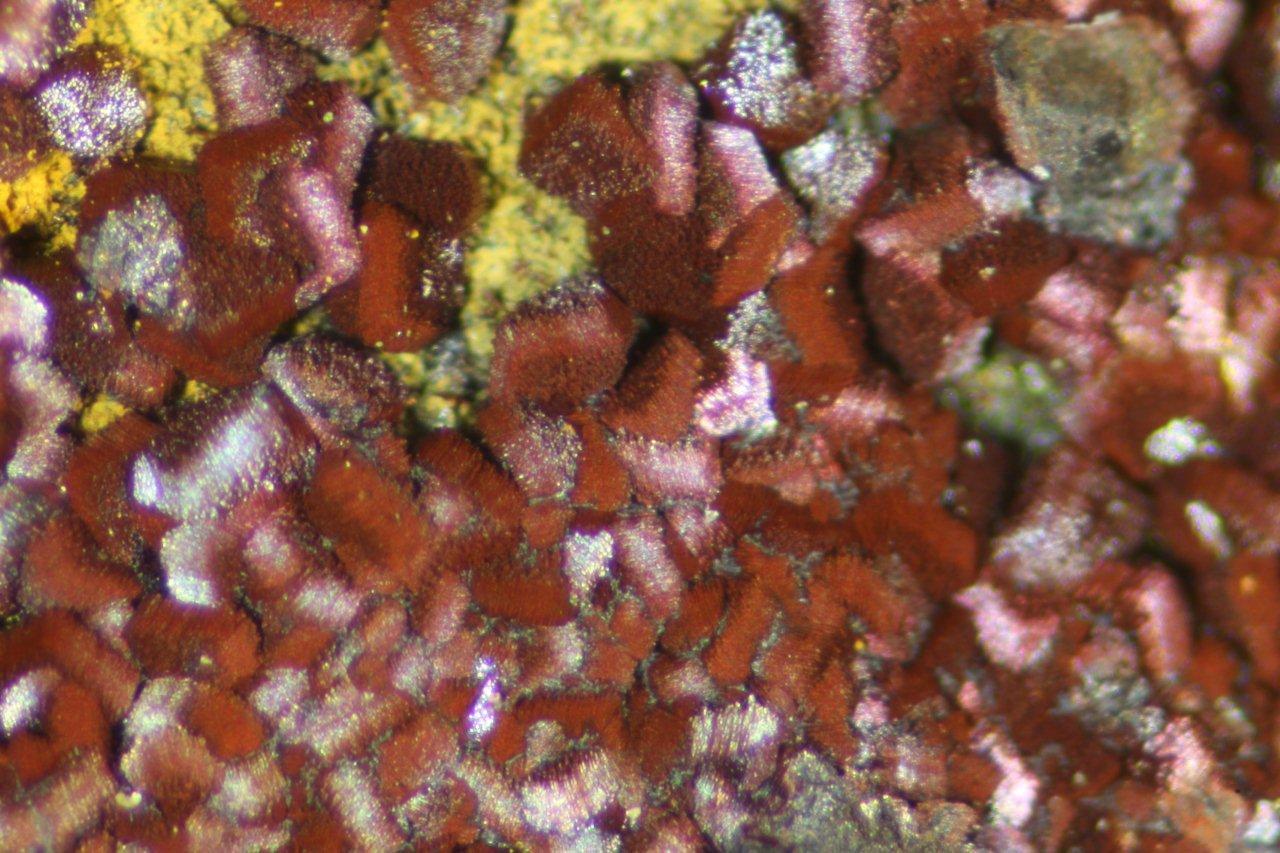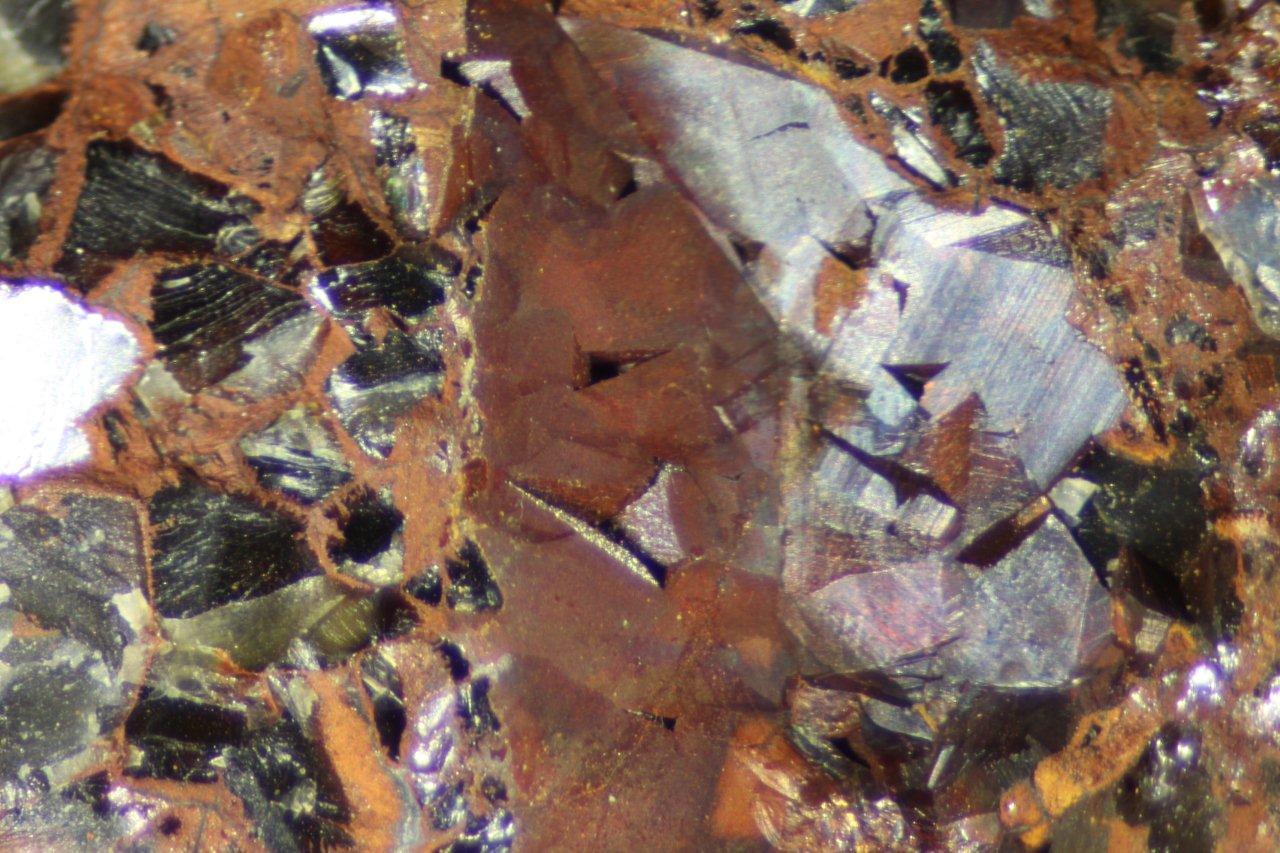Home PageAbout MindatThe Mindat ManualHistory of MindatCopyright StatusWho We AreContact UsAdvertise on Mindat
Donate to MindatCorporate SponsorshipSponsor a PageSponsored PagesMindat AdvertisersAdvertise on Mindat
Learning CenterWhat is a mineral?The most common minerals on earthInformation for EducatorsMindat ArticlesThe ElementsThe Rock H. Currier Digital LibraryGeologic Time
Minerals by PropertiesMinerals by ChemistryAdvanced Locality SearchRandom MineralRandom LocalitySearch by minIDLocalities Near MeSearch ArticlesSearch GlossaryMore Search Options
The Mindat ManualAdd a New PhotoRate PhotosLocality Edit ReportCoordinate Completion ReportAdd Glossary Item
Mining CompaniesStatisticsUsersMineral MuseumsClubs & OrganizationsMineral Shows & EventsThe Mindat DirectoryDevice SettingsThe Mineral Quiz
Photo SearchPhoto GalleriesSearch by ColorNew Photos TodayNew Photos YesterdayMembers' Photo GalleriesPast Photo of the Day GalleryPhotography
╳Discussions
💬 Home🔎 Search📅 LatestGroups
EducationOpen discussion area.Fakes & FraudsOpen discussion area.Field CollectingOpen discussion area.FossilsOpen discussion area.Gems and GemologyOpen discussion area.GeneralOpen discussion area.How to ContributeOpen discussion area.Identity HelpOpen discussion area.Improving Mindat.orgOpen discussion area.LocalitiesOpen discussion area.Lost and Stolen SpecimensOpen discussion area.MarketplaceOpen discussion area.MeteoritesOpen discussion area.Mindat ProductsOpen discussion area.Mineral ExchangesOpen discussion area.Mineral PhotographyOpen discussion area.Mineral ShowsOpen discussion area.Mineralogical ClassificationOpen discussion area.Mineralogy CourseOpen discussion area.MineralsOpen discussion area.Minerals and MuseumsOpen discussion area.PhotosOpen discussion area.Techniques for CollectorsOpen discussion area.The Rock H. Currier Digital LibraryOpen discussion area.UV MineralsOpen discussion area.Recent Images in Discussions
Identity HelpHematite or Goethite?

9th Jul 2014 10:43 UTCJay I. G. Roland
I have recently visited a series of well known Cornish tin mining sites (St. Just in Penwith district) and picked up what I believed was hematite. Under the 'scope inside vugs of smokey quartz I see I have botroydal forms, spherical/spiky forms and 'bow tie' forms yet when I did a search for such images they tended to be titled 'goethite'.
Is there a simple test one can do or anything in particular to look out for to determine which is which.
All answers gratefully recieved...
Regards,
Jay.
9th Jul 2014 11:34 UTCOwen Melfyn Lewis

9th Jul 2014 12:24 UTCAlf Olav Larsen
Regards,
Alf Olav

9th Jul 2014 12:36 UTCColin Robinson
Not foolproof as these iron oxides are often mixtures.

9th Jul 2014 13:32 UTCRolf Luetcke Expert
Rolf

9th Jul 2014 13:50 UTCErik Vercammen Expert
9th Jul 2014 14:28 UTCOwen Melfyn Lewis

9th Jul 2014 14:37 UTCErik Vercammen Expert
Thanks for the correction, I had a wrong idea in my head! And you're right about the crystal form being the most helpful, but in the beginning of this thread, there was made the remark that the only difference between hematite and goethite is the crystal system, so I tried to correct that.

9th Jul 2014 16:34 UTCDonald Peck

9th Jul 2014 19:18 UTCDoug Daniels

9th Jul 2014 20:58 UTCAlf Olav Larsen
Alf Olav

10th Jul 2014 10:29 UTCJay I. G. Roland
I did however do the test (on the back of a piece of polished cream marble, no tiles at hand) last night on one of the pieces of the host rock and got the pale brown streak of hematite. However, some of the vugs inside some of these 'hematite' samples contain what I described in my original post as being (according to various websites including Mindat) goethite in various forms.
When I type into Google images 'botroydal hematite' or 'botroydal goethite' I seem to get pretty much the same images, and that's without going into detail with the much smaller stuff I am looking at, though the general consensus suggests goethite for most of them.
I was (still am) having difficulty creating decent images but managed the below yesterday which are good enough I think to indicate what I am looking at.
Thanks for looking and advising...
Regards,
Jay.

10th Jul 2014 10:31 UTCJay I. G. Roland
10th Jul 2014 11:18 UTCDale Foster Manager
-------------------------------------------------------
I was (still am) having difficulty creating decent images but managed the below yesterday which are good enough I think to indicate what I am looking at.
Jay,
The second and third images are Siderite - the form is characteristic from the mines in the immediate area in that part of Kenidjack Valley. Probably a bit of alteration on them as well.
Siderite - Wheal Drea

10th Jul 2014 11:29 UTCJay I. G. Roland
There is definitely a similarity twixt the crystals of image 2 & 3 only the colour and size differ. If I recall they are actually on the same piece of rock too!
Thanks again Dale,
Regards,
Jay.
10th Jul 2014 11:54 UTCDale Foster Manager

16th Feb 2015 03:22 UTCGrass
Regards,
Grass

16th Feb 2015 16:51 UTCD. Peck




Mindat.org is an outreach project of the Hudson Institute of Mineralogy, a 501(c)(3) not-for-profit organization.
Copyright © mindat.org and the Hudson Institute of Mineralogy 1993-2024, except where stated. Most political location boundaries are © OpenStreetMap contributors. Mindat.org relies on the contributions of thousands of members and supporters. Founded in 2000 by Jolyon Ralph.
Privacy Policy - Terms & Conditions - Contact Us / DMCA issues - Report a bug/vulnerability Current server date and time: April 25, 2024 11:37:37
Copyright © mindat.org and the Hudson Institute of Mineralogy 1993-2024, except where stated. Most political location boundaries are © OpenStreetMap contributors. Mindat.org relies on the contributions of thousands of members and supporters. Founded in 2000 by Jolyon Ralph.
Privacy Policy - Terms & Conditions - Contact Us / DMCA issues - Report a bug/vulnerability Current server date and time: April 25, 2024 11:37:37
















